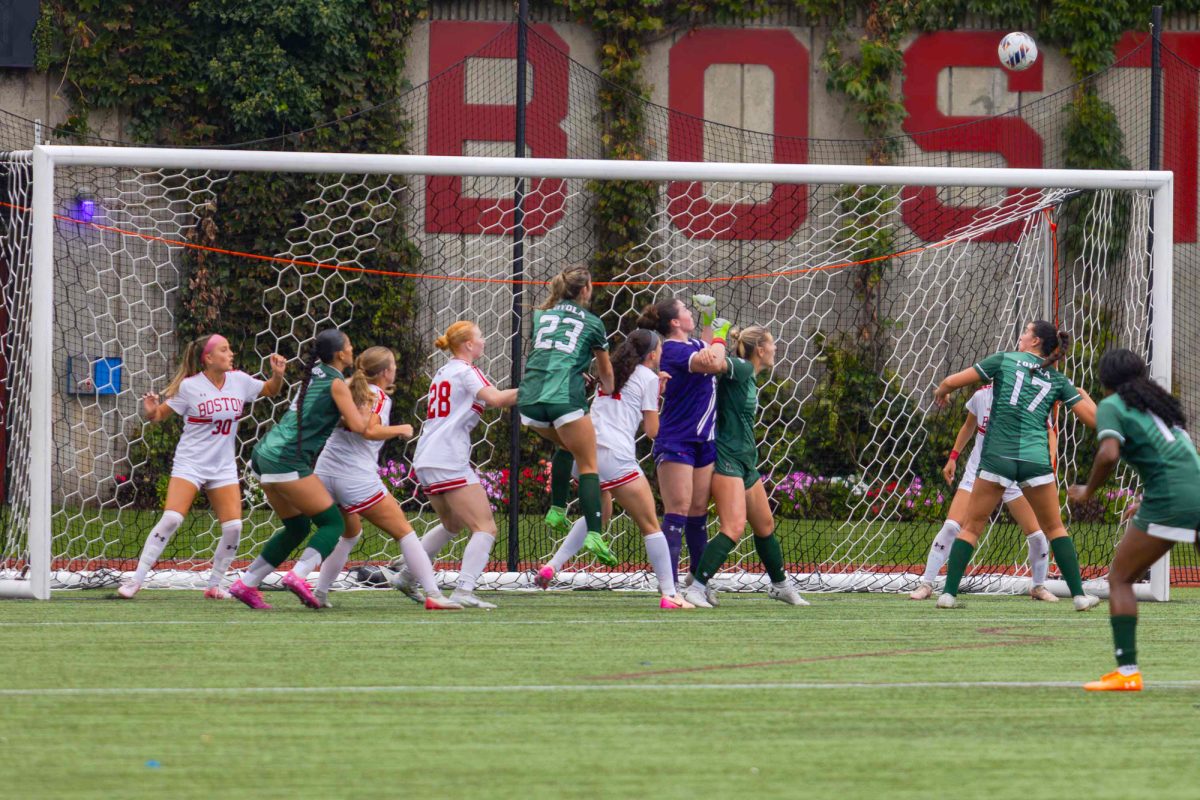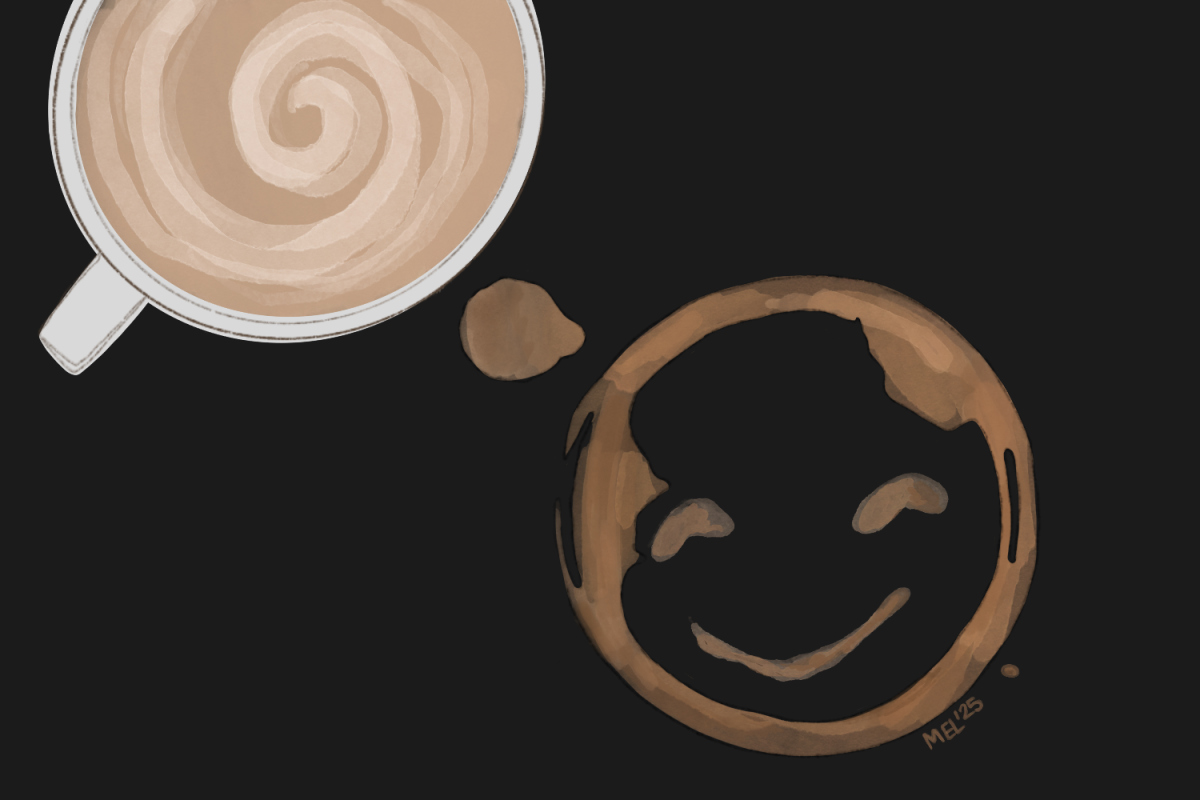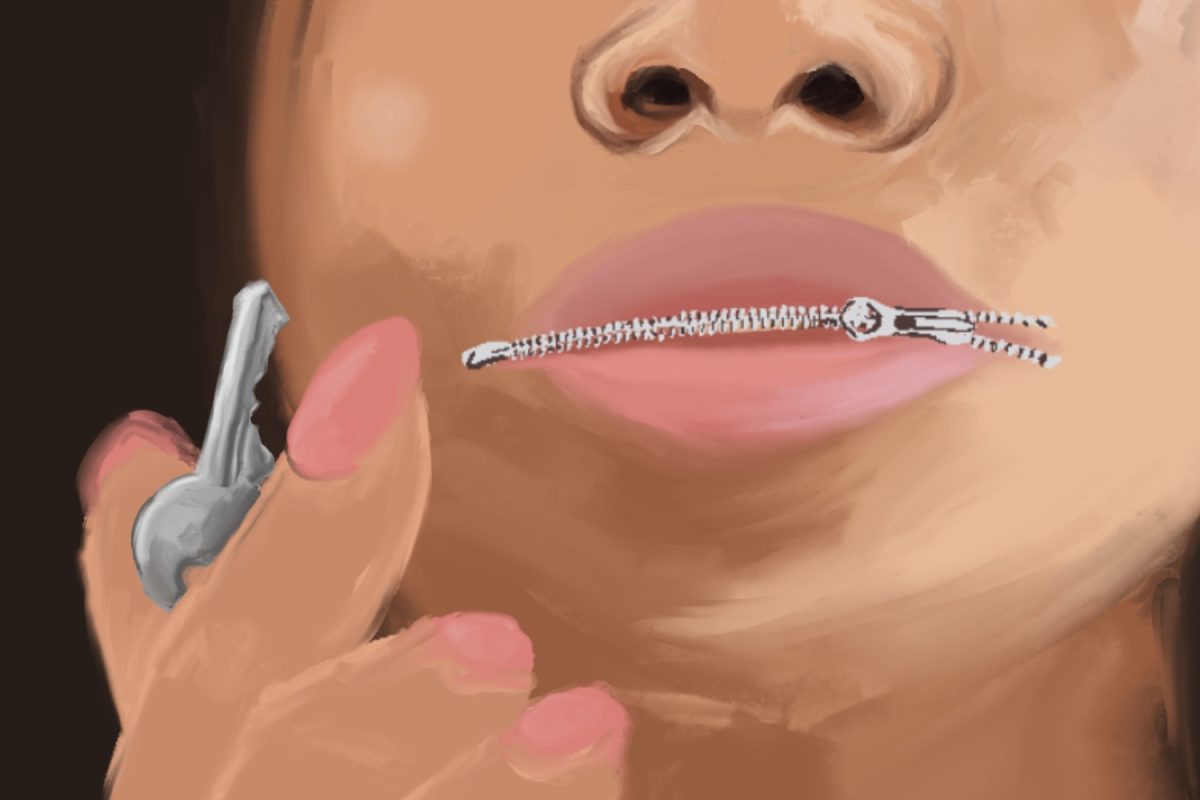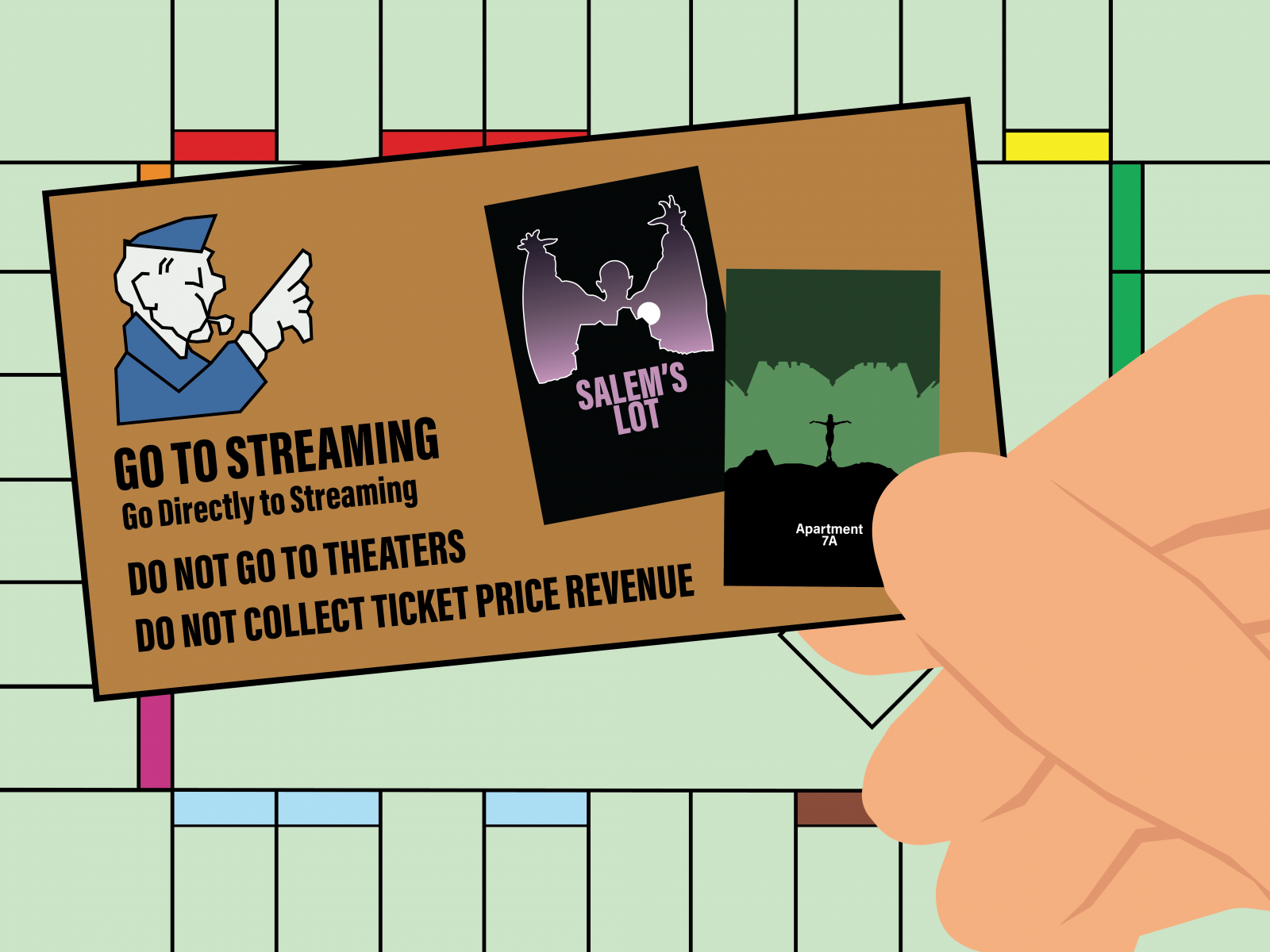Horror and comedy are two very distinct and unrelated genres. How could one bring comedic relief out of blood and fright — a constant thrill ride where even the viewer fears for their life?
Sure, it has been done before — as “Scream (1996),” “Ready or Not” and “What We Do in the Shadows” proved brilliantly — but nothing comes close to Edgar Wright’s debut film 2004’s “Shaun of the Dead.”
Directed by Wright and co-written by Wright and Simon Pegg, “Shaun of the Dead” tells the story of Shaun — a low-life electronics store manager played by Pegg — who spends his days at the pub with his unemployed friend, Ed, played by Nick Frost. One morning after a night of drinking, the two friends awake to a sudden zombie apocalypse and try to seek refuge in their beloved pub.
Perhaps what is most genuine about the film is the comedy that comes from the horror. After we have been introduced to the characters of Shaun and Ed — as well as Shaun’s girlfriend Liz and her two roommates David and Dianne — our characters are unaware of the horror around them in a perfectly orchestrated manner. The initial fun stems from their ignorance and lack of recognition of their surroundings.
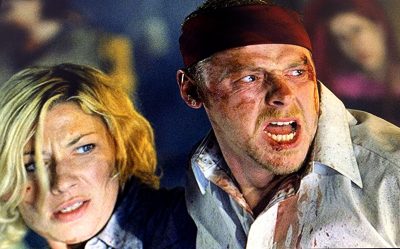
What helps further connect the humor and the horror is the use of “body horror,” horror involving gore, blood and just overall alterations of the human body. We laugh with our bodies, and in a strange sense, a record hitting a zombie in its face is comical yet also stomach-churning.
Wright’s repertoire is visual comedy and witty dialogue. The visual aspect, as mentioned above, revolves around body horror but also through the dialogue. Again, the major plot point of the film is the character’s attempt to shelter themselves in a pub to escape the zombies — a subtle, absurdist nod to their dependency on the pub. However, the process of their ploy is played out through make-shift scenarios where the characters visualize through their words just exactly how they should carry out the plan. Hence, the visual comedy becomes constructed through words and action.
The visual aspect of horror is always intriguing since it is an incredibly visual genre. But it’s amplified with the help of music that builds suspense and delivers a hard blow at the high note of a piano key. Wright’s films are known for their soundtracks, where he builds the story around the music, almost poking fun at the characters he has made through said music.
In one of the final scenes Shaun, Ed and their group encounter an elderly zombie inside the pub. To protect themselves, they beat him with pool cues to the beat of Queen’s “Don’t Stop Me Now.” It is the subtle notes that are perfectly emblematic of the fun in the film, for at its heart, “Shaun of the Dead” is a fun film, which is weird to say considering it is quite gruesome for the average viewer.
The body horror for the film is exaggerated in a way that parodies serious bloody horror films. In Wright’s film, body parts become detached swiftly, blood pours out by the gallons and people die in the most bizarre ways, leaving viewers asking, “What is going on?”
This is not of bad intent, though. This exaggerated bloodfest compiled with comedy helps drive “Shaun of the Dead” throughout. One becomes so fixated on the horror and situational comedy around them in a sort of dumbfounding way that they cannot help but laugh as Shaun and Ed decide which records to throw at zombies based on the artists.
This film is meticulous in the way it entices and scares, but yet also revolves around the love story between Shaun and Liz, the latter serving as the opening force for the film. No emotion, genre or feeling is unusual because with the combination of all the elements such as music, visuals and dialogue, “Shaun of the Dead” succeeds as the pinnacle horror-comedy film.






























































